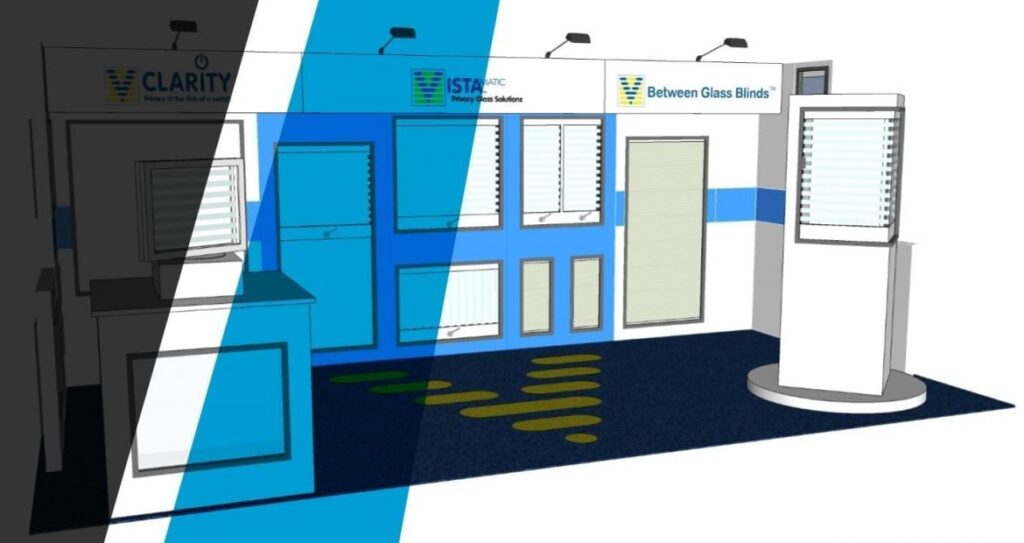The Future of Education Design: Privacy and Flexibility in Learning Spaces
April 8, 2025Why Privacy Matters in Modern Schools
Today’s students and educators need environments that can shift with them. Quiet zones for testing, private spaces for counseling, and open collaborative areas all serve different purposes — often within the same classroom. Privacy has become essential to promoting comfort, improving concentration, and supporting better learning outcomes.
Switchable technologies like Clarity, which easily transition from clear to opaque, help schools create adaptable spaces that can move between open and private with minimal disruption. This flexibility supports multiple learning styles and changing classroom needs throughout the day.
Designing for Flexibility
Modern education spaces demand versatility. Architects are increasingly using flexible solutions that allow classrooms, administrative areas, and counseling spaces to adapt to a variety of needs without permanent construction.
In areas where visibility and discretion must be carefully balanced, privacy vision panels like Vistamatic® are often integrated into doors. These panels make it possible to monitor activity without sacrificing privacy or safety, offering manual control that is both simple and durable.
For administrative offices, staff rooms, and small meeting spaces, between-glass blinds offer another smart choice. Systems like BetweenGlassBlinds™ provide flexible visual privacy without exposed cords or external components, protecting the blinds from damage and reducing maintenance over time.
In specialty areas like sensory rooms or media labs, where total light control may be needed, blackout solutions such as Lyto™ provide complete privacy without motors or moving parts — ensuring quiet operation and improved energy efficiency.
Supporting Safety, Cleanability, and Well-Being
With higher standards for hygiene and safety, privacy solutions must be easy to clean and maintain. Smooth, sealed surfaces like those found in Clarity and BetweenGlassBlinds™ minimize the buildup of dust and contaminants, supporting healthier indoor environments.
By choosing integrated, low-maintenance privacy solutions, schools can better support student and staff well-being while reducing the environmental impact of frequent replacements or repairs.
Looking Ahead
Flexibility and privacy are no longer optional features in education design — they are essential. Smart material choices, like switchable glass, integrated blinds, and privacy vision panels, give architects the tools to create learning environments that are healthier, safer, and more adaptable for the future.
At Privacy Glass Solutions™, we’re proud to help support the next generation of learning spaces with innovative solutions designed for where education is headed — not where it’s been.


